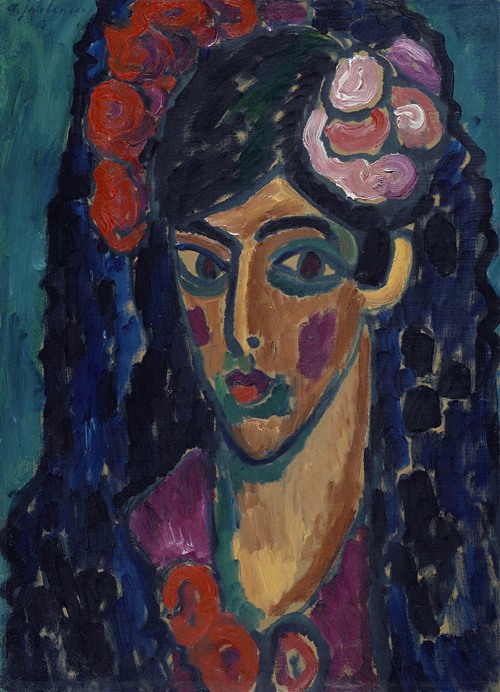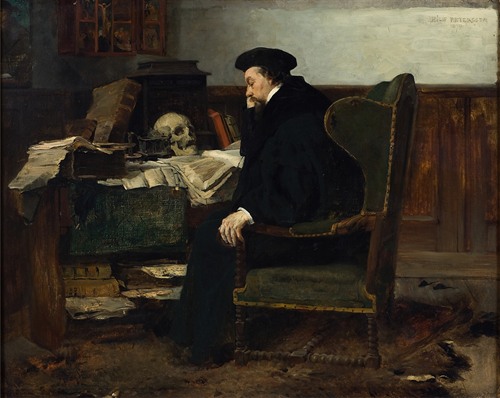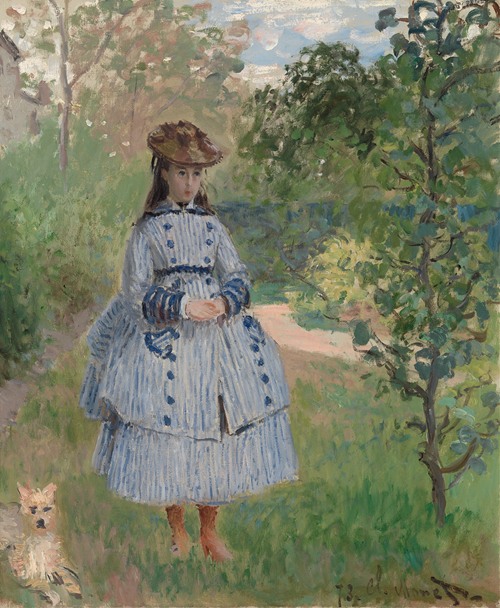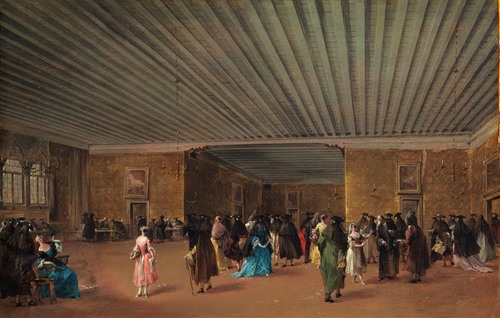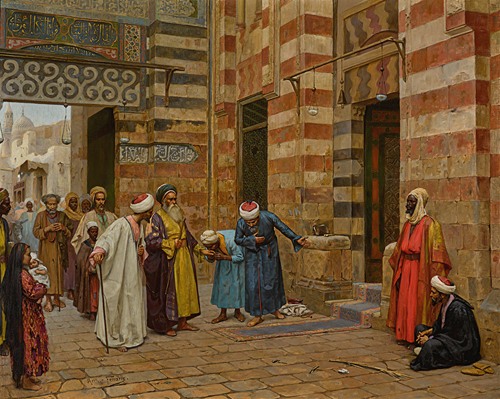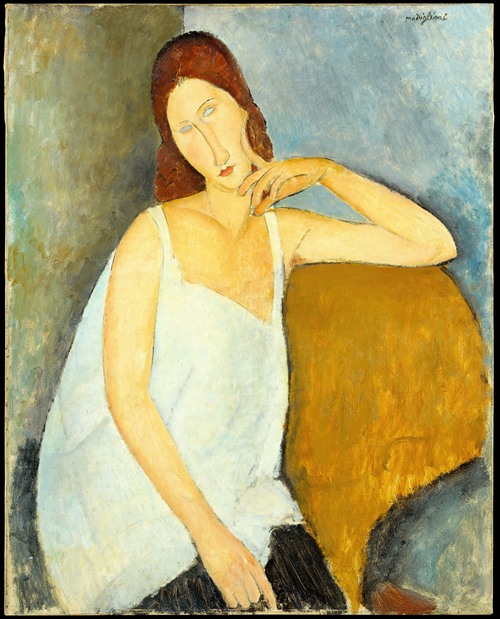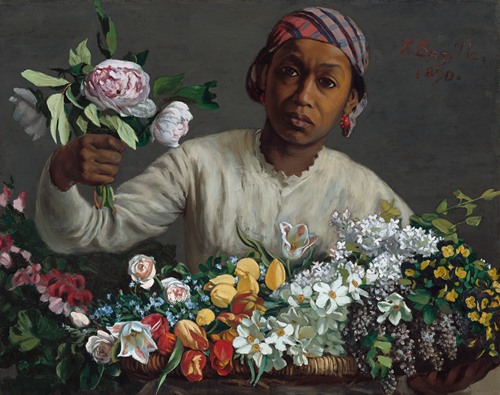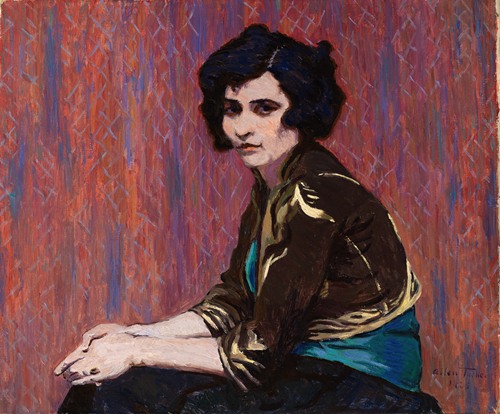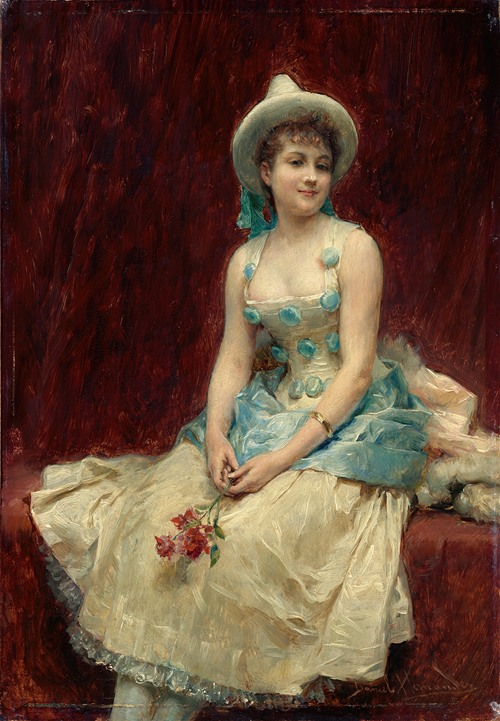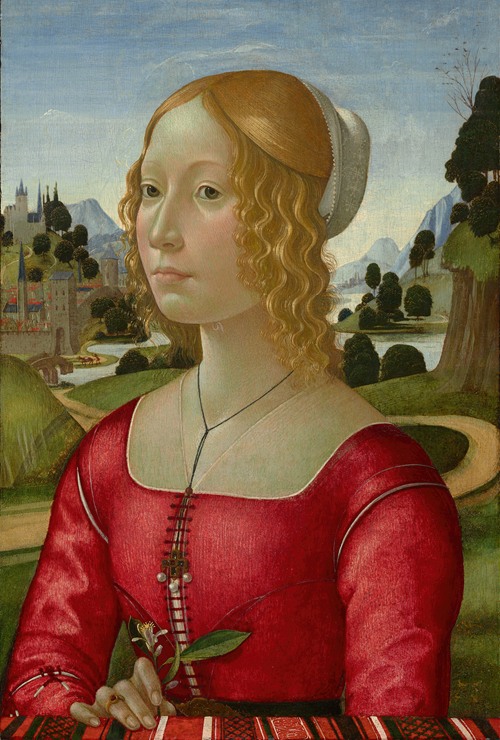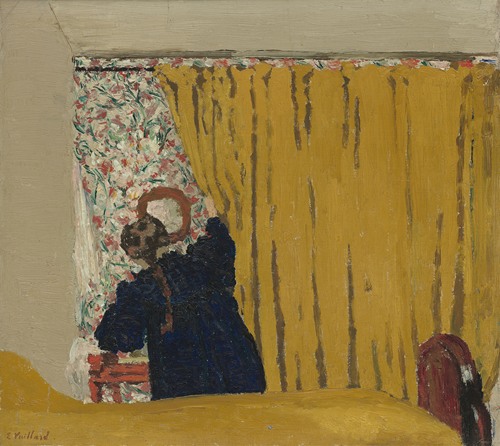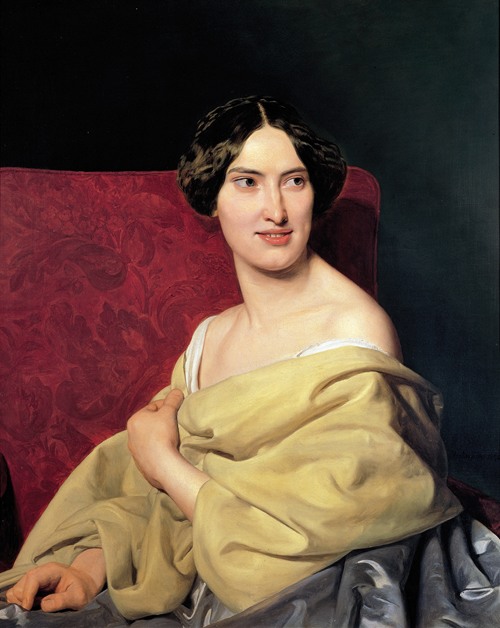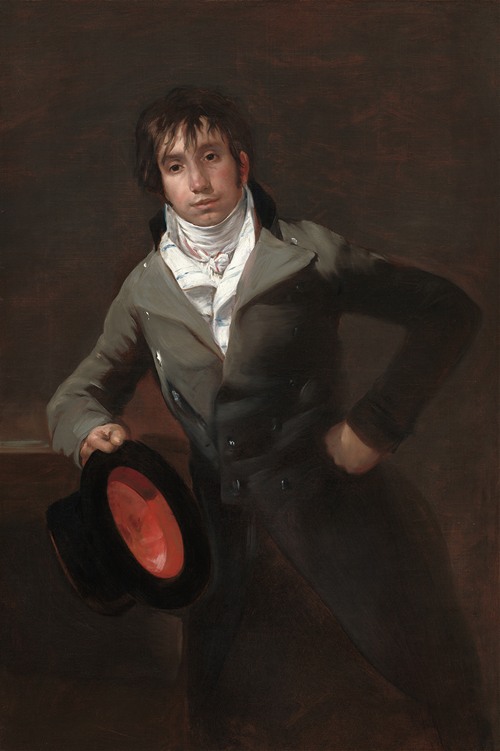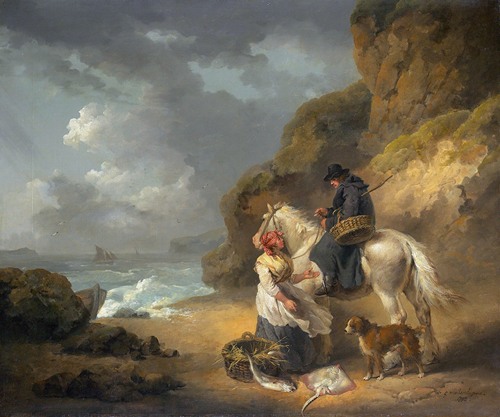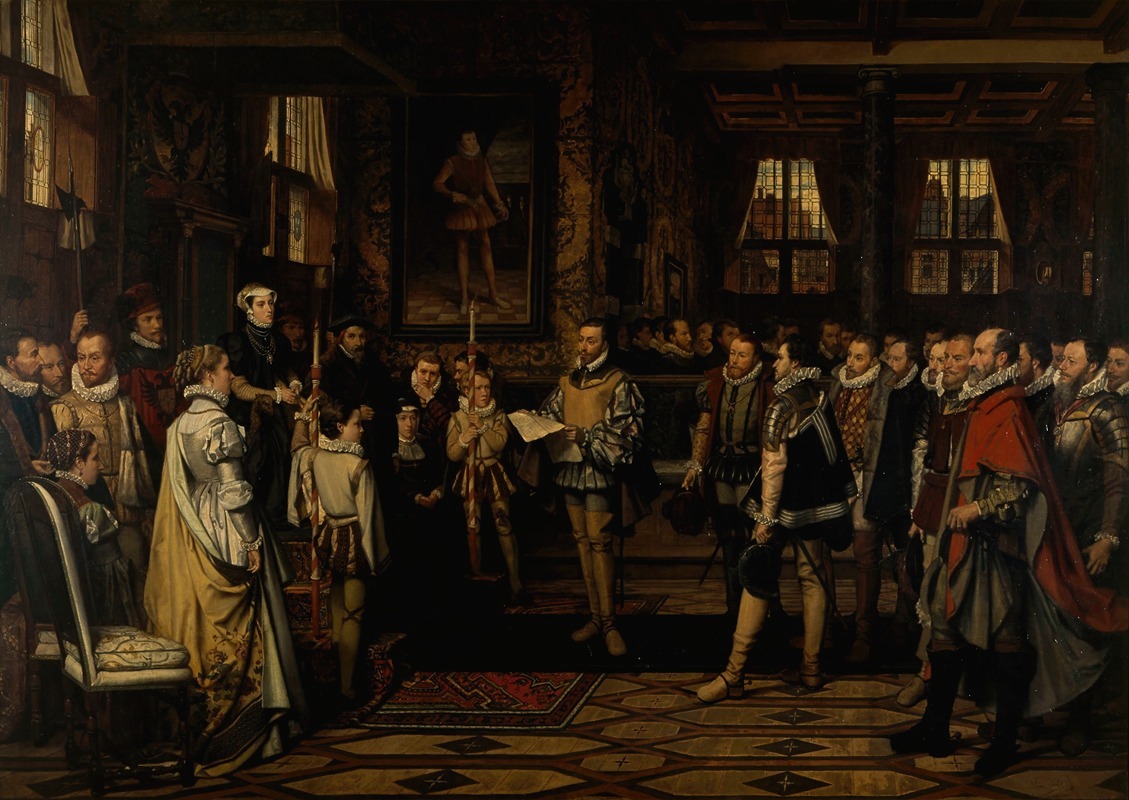
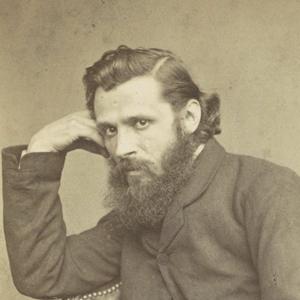
Franz Vinck or Frans Vinck was a Belgian painter known for his history paintings, genre and Orientalist scenes and portraits. He led a peripatetic life style and travelled and worked in many countries.
Vinck was born in Antwerp. His father was a bookkeeper at the local gin distiller Louis Meeus. As a child Vinck took drawing lessons with the painter Karel Schippers, the fiancé of a cousin. His parents wanted him to study the violin at the Conservatory of Brussels, but instead he enrolled at the Royal Academy of Fine Arts (Koninklijke Academie voor Schone Kunsten) in Antwerp. His teachers at the Academy included Edward Dujardin and Josephus Laurentius Dyckmans.
In 1846 Vinck debuted at the Salon of Antwerp with his work Joseph with the wife of Putifar. The painting was subsequently exhibited in Philadelphia in the United States after which it disappeared without a trace. The artist lost as a result the money that a buyer had already offered for the work.
Vinck subsequently traveled with a fellow painter to Paris where he copied old masters in the Louvre. After his return to Antwerp in 1852, he participated in the Prix de Rome. He made it through the pre-selection, but lost out to Ferdinand Pauwels who won first prize. His father's employer generously offered to fund Vinck so that he could accompany the winner Pauwels to Italy. After leaving for Rome, he lingered in Paris where he met Gustaf Wappers, the leading Belgian Romantic painter who had fled Antwerp after his voluntary resignation from his post as director of the Antwerp Academy.
After nine months in Paris, Vinck finally left for Rome. Here he painted a composition called The consequences of the seven deadly sins of humanity. After he sent it to Antwerp the work was met with success and the Belgian government awarded the artist a grant.
In 1856 Vinck returned to Antwerp. The painter Florent Mols (1811-1896) invited Vinck to join him on a trip to the Middle East. The painter accepted the invitation and subsequently spent a year travelling in Egypt and Palestine. After his marriage in 1859 Vinck settled in Brussels. Here he remained until 1866. Failing to achieve success in the Belgian capital, he returned to his home town. There Vinck got included in the small circle of students and assistants of Henri Leys, at the time the leading Belgian Romantic painter who enjoyed an international reputation. Under the influence of Leys he started to concentrate more on history paintings rather than religious paintings.
He became a teacher at the Academy of Fine Arts and the Academy of Dendermonde. In Dendermonde Franz Courtens was one of his pupils. When in January 1886 Vincent van Gogh matriculated at the Antwerp Academy, van Gogh got into trouble with a number of his teachers including Vinck who was the instructor of the drawing class.
In Antwerp, Vinck obtained many official commissions such as that for decorations in the meeting room of the Antwerp City Hall. He also painted seven Stations of the Cross for Antwerp Cathedral). He further obtained commissions from abroad including for more Stations of the Cross for the Saint-Nicholas Church in Boulogne-sur-Mer in France and St Cuthbert's, Earls Court in London. The artist earned awards in exhibitions in Brussels, Vienna, London, Lyon and Philadelphia.
He died on 3 October 1903 at his home in Berchem.
